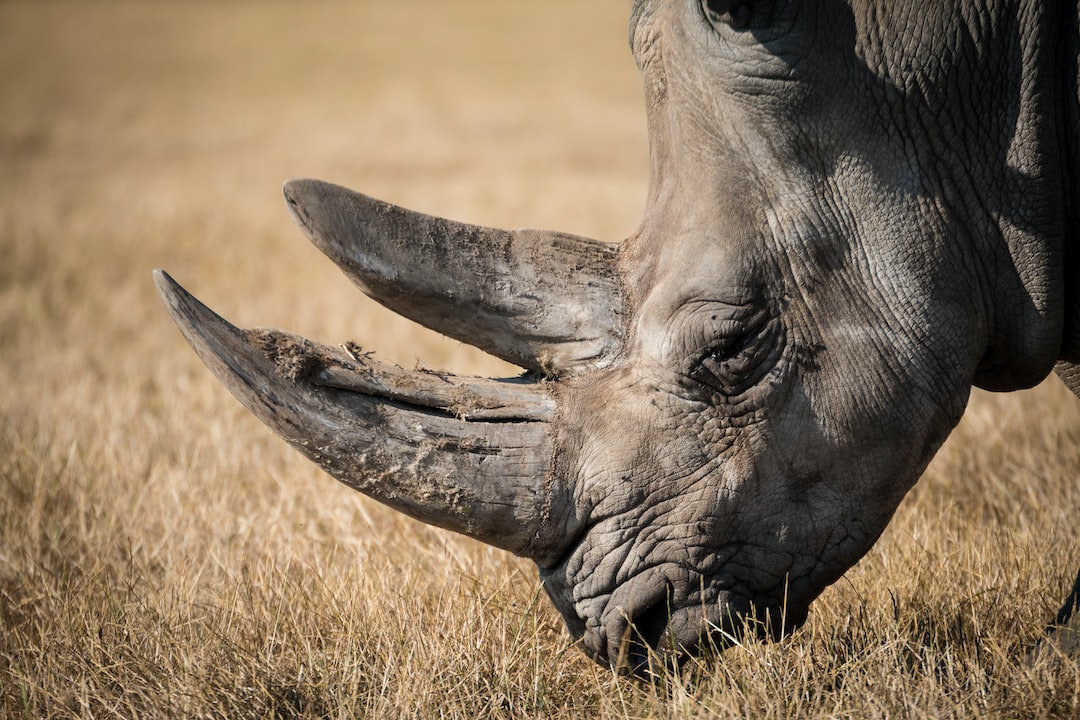The regenerative abilities of certain animals have always fascinated scientists and researchers. While humans can only dream of regrowing lost limbs or damaged organs, there are numerous creatures in the animal kingdom that effortlessly regenerate body parts with astonishing precision. From starfish to salamanders, these remarkable animals have evolved to wield regenerative powers that defy our understanding of biology.
One of the most well-known examples of regenerative animals is the starfish. If a starfish loses an arm due to predation or injury, it can regenerate that arm within a few months. What sets starfish apart from other creatures is that this regrown arm is often indistinguishable from the original, complete with functional organs and complex structures. Scientists believe that starfish possess specific cells, called pluripotent cells, which enable them to reproduce a wide range of tissues within their bodies. These cells are capable of differentiating into any type of tissue, allowing them to rebuild complex structures like arms. Understanding how starfish achieve such regenerative feats could have profound implications for medical research and regenerative medicine in humans.
Another remarkable example is the axolotl, a species of aquatic salamander. Axolotls possess the incredible ability to regrow entire limbs, spinal cords, and even parts of their heart and brain. What makes them unique is that they can regenerate these complex structures without leaving behind any scar tissue. Scientists believe that axolotls achieve this feat through a combination of cellular reprogramming and the activation of specific regenerative genes. By studying these mechanisms, researchers may be able to unlock the secrets of cellular regeneration and potentially harness them for therapeutic purposes in human medicine.
Other animals, like the planarian flatworms, have equally astonishing regenerative abilities. These tiny worms can regenerate their entire bodies from just a small fragment. Researchers have discovered that planarian flatworms possess a population of adult stem cells that are responsible for regeneration. These stem cells have the capacity to divide and differentiate into any type of cell, ultimately allowing the worms to rebuild complex organs and tissues. Studying these adaptabilities has the potential to revolutionize regenerative medicine, offering hope for individuals suffering from organ failure or debilitating injuries.
The regenerative abilities found in animals shed light on the remarkable potential for organ and tissue repair in humans. Scientists have already made significant progress in certain areas of regenerative medicine, such as the use of stem cells to regenerate damaged tissues. However, the regenerative abilities of animals provide a blueprint for more advanced forms of regeneration that could benefit humanity in profound ways.
Imagine a future where humans could regrow lost limbs, regenerate damaged organs, or even repair spinal cord injuries. The possibilities are awe-inspiring and offer hope to those with limited treatment options in the present.
While we may be far from realizing such capabilities in humans, understanding the mechanisms behind regenerative abilities in animals is a crucial step towards achieving this goal. By unraveling the secrets of pluripotent cells, cellular reprogramming, and adult stem cells, researchers may be able to develop groundbreaking therapies that could transform the field of medicine as we know it.
In conclusion, the regenerative abilities of certain animals are truly incredible. From starfish to salamanders and planarian flatworms, these creatures possess the power to regrow limbs, organs, and even parts of their brain. While the path to achieving such regenerative abilities in humans is long and complex, studying these remarkable animals offers a glimmer of hope for the future of regenerative medicine. The potential impact on human health and wellbeing cannot be overstated, and the ongoing research in this field deserves our attention and support.

